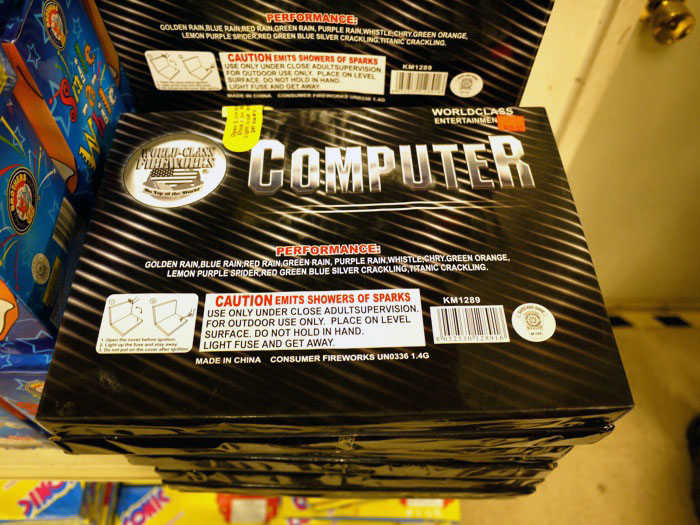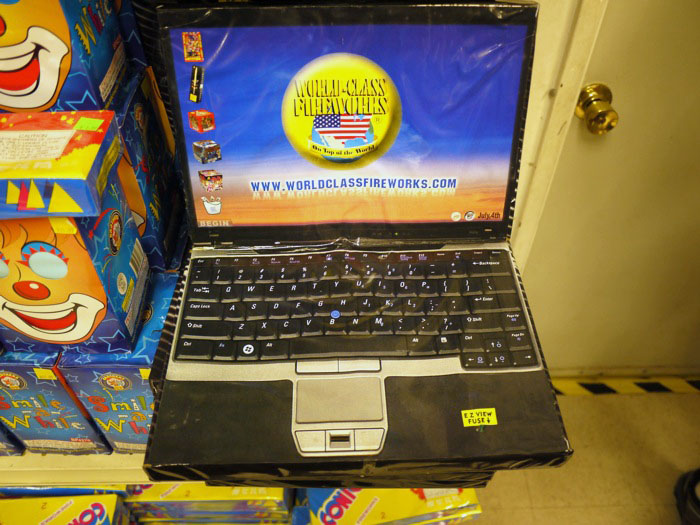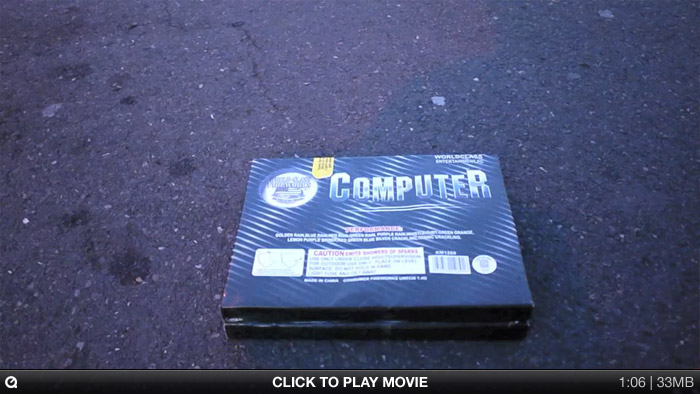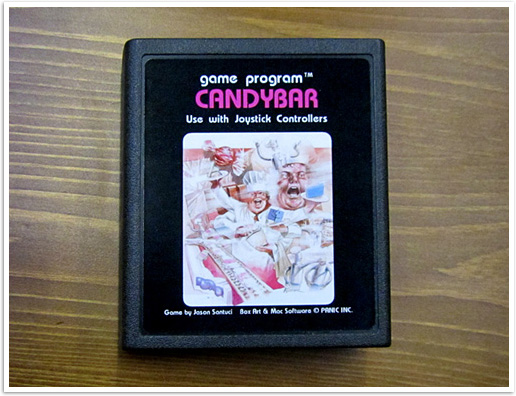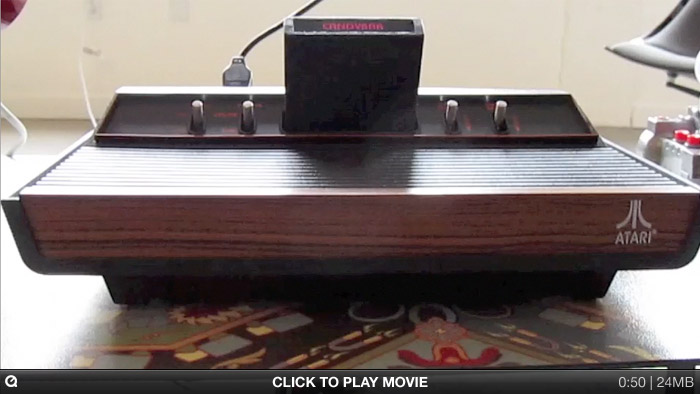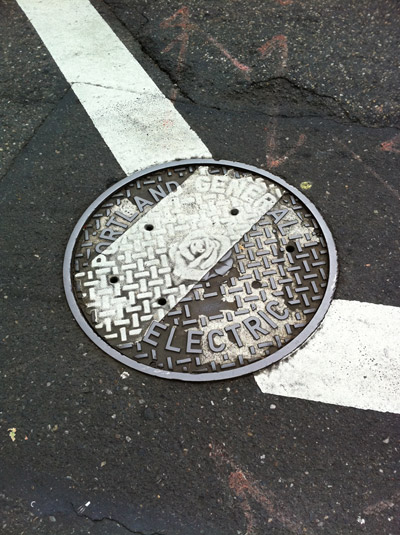Ladies and gentlemen, are you comfortably running Mac OS X Lion?
Because this is our moment.
Years of technological progression, a steady flowing river of genius and fortitude, breakthrough and discovery, have sent us ever-forward, hurtling towards this. From the humble beginnings of the first wire-wrapped computer, to the rolled-up-sleeves of the hard-working women and men of The Unicode Consortium, to the dedicated Apple engineer staying late in the office to ship a major operating system update while his family sits without him at the dinner table. “Will I see Daddy tomorrow?”, his son asks, picking at his plate. “I don’t know”, is the sad, quiet reply. You see, today is built on the hard working backs of those from yesterday. And on the shoulders of those backs, we will stand tall, reaching towards tomorrow.
The release of Mac OS X Lion added an important new feature: system-wide pictograms, or, as you might call them, “Emoji”. And for the first time, these pictograms are not based on a mobile-carrier ever-shifting method of encoding via the “private” Unicode character space, but are using the officially accepted Unicode 6.0 Emoji / ISO 10646 standard.
So yes, everything we’ve worked for has led us here.
Friends, family, well-wishers: today, history is rewritten.
I give you:
The world’s first emoji domain.
Now that you’ve had a moment to recover, I’d like to give particular thanks to the country of Laos, who run the last remaining domain registrar I’m aware of that still allows international domain names that use any Unicode character. Our sincere thanks must be given to Thongsing Thammavong, the Prime Minister of Laos, for his valuable assistance in making all of this possible.
Update: I’ve just got word that, due to intense political unrest in Laos (untrue), they no longer allow Emoji domains! Yes, .la is no more. Fortunately, the territory of Tokelau (!) has stepped in to meet this intense international need! Emoji .tk domains are now available.
(Why are they so hard to register? Due to fears of IDN homograph attacks, most registrars, like .com, now only allow specific language sets to be used for Unicode domain names. The days of registering ☃.net — a previous Cabel effort in this series — are long gone. In fact, back in 2007 ICANN expressly recommended that “symbols and icons […] such as typographic and pictographic dingbats” should not be allowable code points for domain names. Fortunately, Laos didn’t get the memo.)
Now some of you might be asking, “What’s the point? How is this useful? It requires Lion, it only works in Safari, let alone on Windows. They’re impossible to type. How is this at all useful?” I understand, but you’re not really asking the right questions.
Now, I’m sure those of you who are members of the press will be eager to leave and phone your bureau as soon as possible with this discovery. Thus, I’ll bring my presentation to an end.
My friends, I’m glad you could join me on this trip into the unknown, now made known.
The internet will never be the same.
Oh, and one more thing: if you ever want to tell your friends about Transmit or Coda, just have them visit:
http://🍃.la






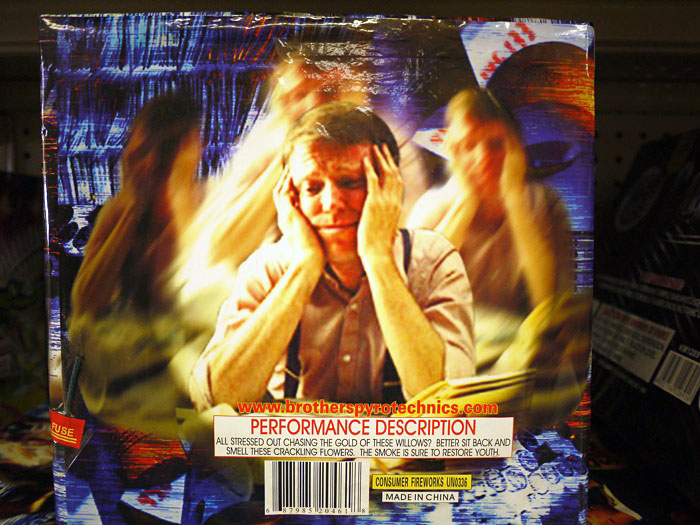 Most accurate “baby boomer” photo ever. Also, please read the “Performance Description”.
Most accurate “baby boomer” photo ever. Also, please read the “Performance Description”.
 Sports dudes: do these guys say “Americana” to you? (I honestly don’t know.)
Sports dudes: do these guys say “Americana” to you? (I honestly don’t know.)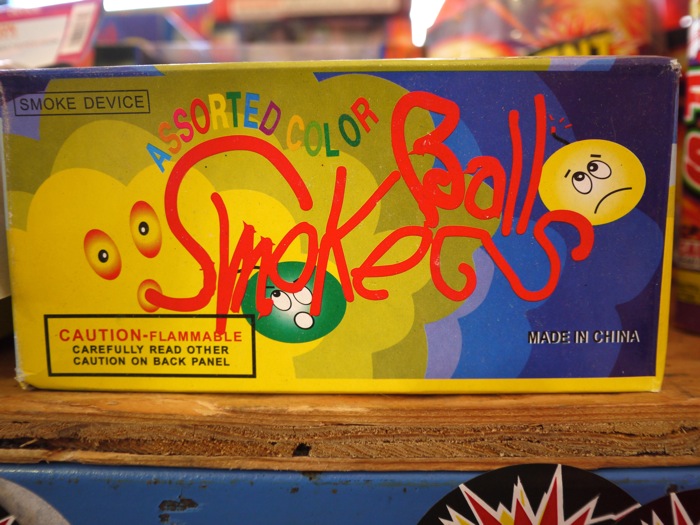 Time from File > New to Save as PDF: 7 minutes.
Time from File > New to Save as PDF: 7 minutes.
 Shotgun shells? Pool cue? Or is this baby chicken a suicide bomber? What is going on?
Shotgun shells? Pool cue? Or is this baby chicken a suicide bomber? What is going on?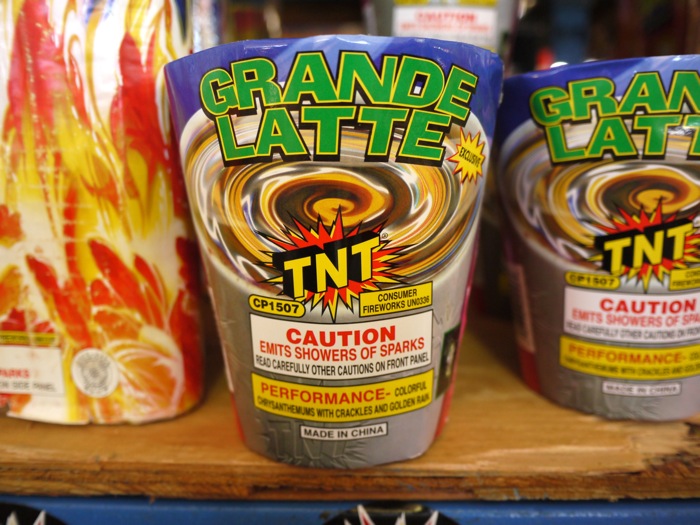 PERFORMANCE: An eerily accurate simulation of what happens to me when I drink a grande latte.
PERFORMANCE: An eerily accurate simulation of what happens to me when I drink a grande latte. That seems like an exceptionally bad idea.
That seems like an exceptionally bad idea.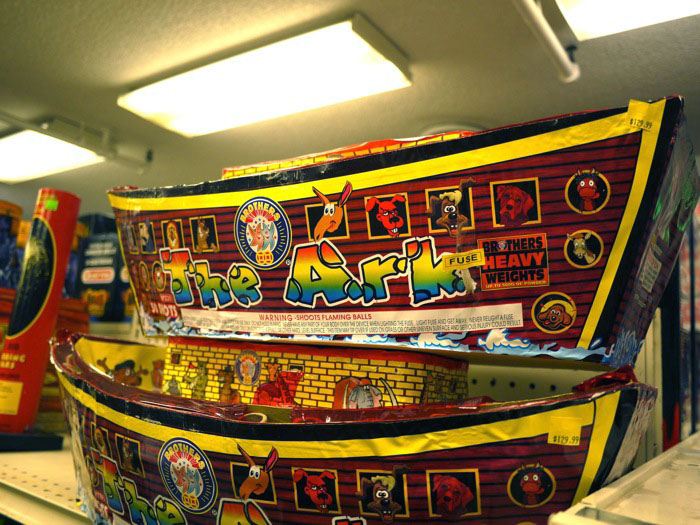 Who can forget the classic Biblical passage where all God’s creatures die in a fire?
Who can forget the classic Biblical passage where all God’s creatures die in a fire? It just seems like a really specific thing to be blowing up is all.
It just seems like a really specific thing to be blowing up is all. Hot eats, cool copyright infringements.
Hot eats, cool copyright infringements. So, so close.
So, so close. “And this is my brother, Breaker.”
“And this is my brother, Breaker.”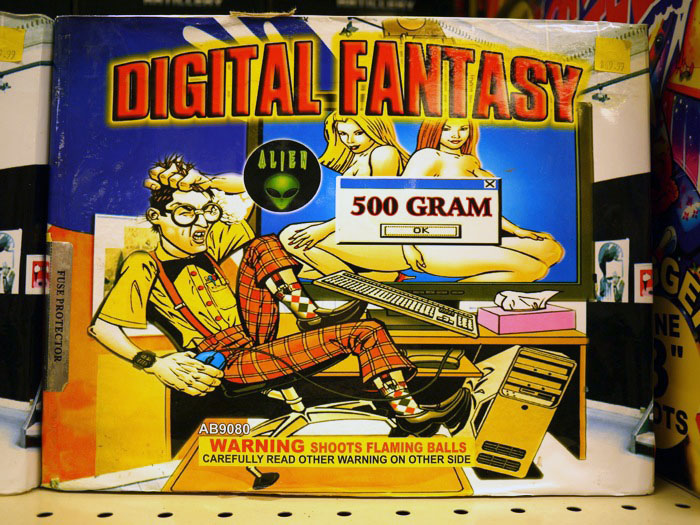 Classic! Another digital fantasy interrupted by a pop-up window that says “500 GRAM”.
Classic! Another digital fantasy interrupted by a pop-up window that says “500 GRAM”.